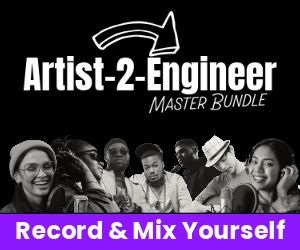
When I first started mixing, I was always using a top-down approach, even though I didn’t know it had a name. That’s probably what you’re doing too. However, I’ve found that mixing bottom-up is incredibly beneficial and can change your perspective on balance and blend. Personally, I use a hybrid approach, but understanding the bottom-up method will revolutionize your mixing process. In this post, I’ll explain what these approaches are and why they’re important.
Details
















